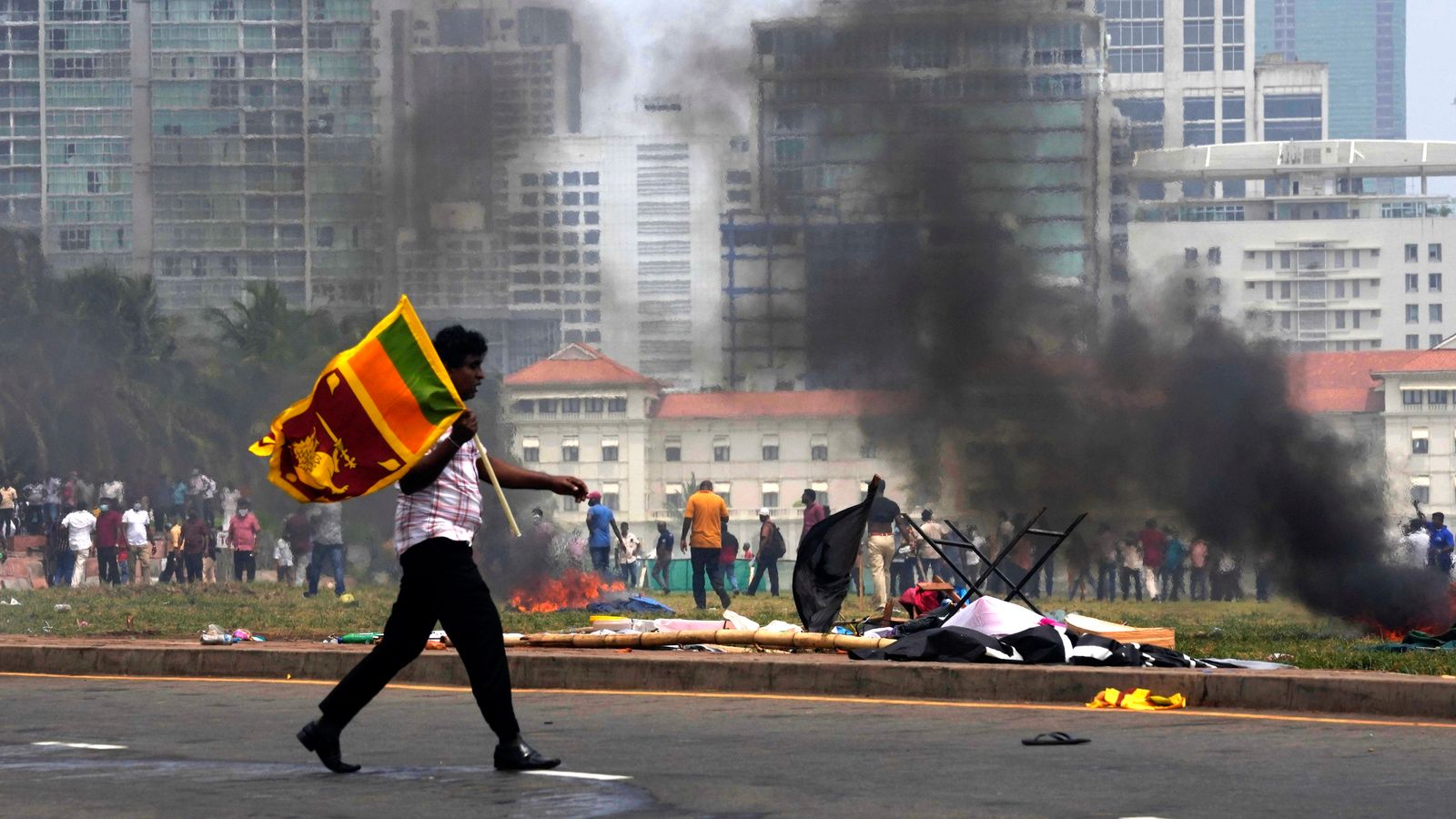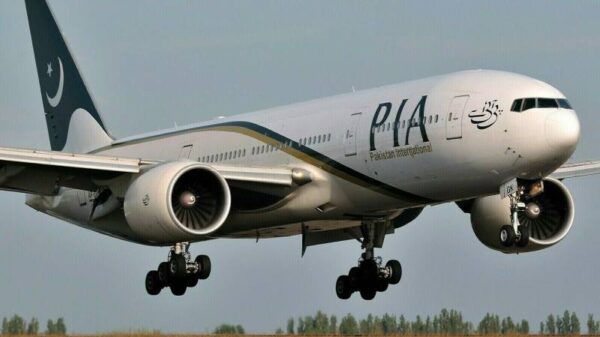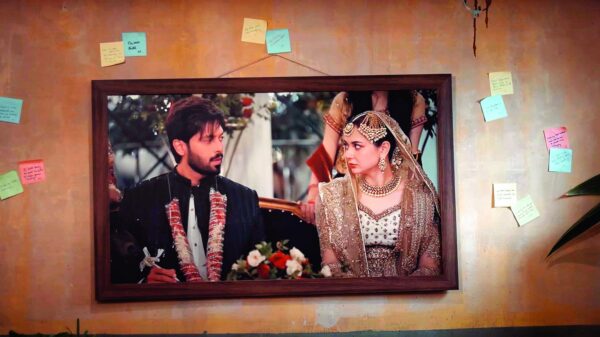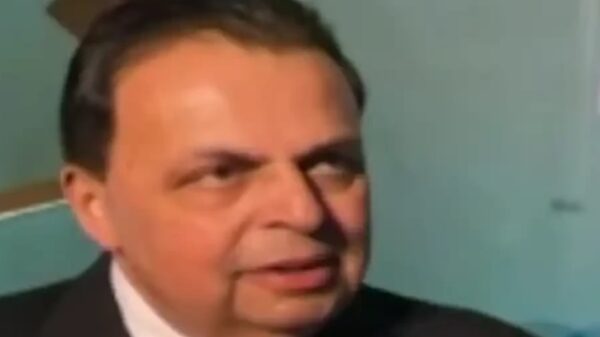After a day of bloodshed and rioting on the island, the Sri Lankan government issued shoot-on-sight orders to suppress the unrest.
In the face of hundreds of security officers imposing a curfew, the defence ministry stated that troops had been allowed “to kill on sight anyone plundering public property or inflicting injury to life.”
On Monday, government supporters in Colombo beat peaceful protesters calling for President Gotabaya Rajapaksa’s resignation over the country’s dismal economic situation with sticks and clubs.
Late at night, mobs reacted across the country, setting fire to dozens of the residences of ruling-party politicians and attempting to attack the official mansion of the Prime Minister in the capital.
On Tuesday, police announced that eight individuals had perished.
Despite the curfew, there were still protests. Colombo’s most senior police officer was assaulted and set on fire by a mob.
Deshabandu Tennakoon, Senior Deputy Inspector-General, was rescued when officers fired warning shots and dispatched reinforcements to the scene.
The major approach to the Colombo airport was closed by vigilante groups to check for any followers of former Sri Lankan President Mahinda Rajapaksa, witnesses claimed.
On top of the dead and injured, Prime Minister Mahinda Rajapaksa resigned because of Monday’s attack.
With his brother remaining president and possessing extensive powers and authority over the security forces, his resignation failed to assuage popular outrage.
Thousands of enraged protestors attacked Mahinda’s official house overnight and flung petrol bombs at him. He had to be rescued by the military in an early morning operation.
Months of power outages and food shortages have put the Rajapaksa family’s grip on power in Sri Lanka in its greatest economic crisis since the country gained independence in 1948.
A curfew was imposed throughout the whole South Asian nation as a result of the unrest, and police used tear gas and water cannon to disperse protesters.
At least 41 residences belonging to pro-Rajapaksa MPs were set on fire by angry protesters.
There were arson attacks on the ancestral house of Sri Lankan President Mahinda Rajapaksa, as well as on the family museum there.
Amarakeerthi Athukorala, a member of Sri Lanka’s ruling party, opened fire on two demonstrators outside Colombo, killing one of them, police said. It was later reported that the MP committed himself, while the ruling party said he was killed. As well as killing the lawmaker’s security,
Police said an unnamed member of the ruling party opened fire on protestors in the south, killing two people and injuring five more.
Human rights head Michelle Bachelet expressed her “great concern” over the violence perpetrated by both government supporters and members of the ruling party.
“We must engage in genuine discourse with all segments of society,” Bachelet said in a statement, calling for a probe.
It was not apparent if the opposition would join any administration formed by Mahinda Rajapaksa, who stated that his resignation opened the way for a unity government.
The president is exempt from prosecution and can appoint and remove ministers and judges as he sees fit.
A meeting between the president and all the major parties is reportedly being planned via an internet platform.
Analyst Michael Kugelman from the Wilson Centre told AFP that “no one—whether the people in the streets or important political stakeholders—will be appeased” unless President Rajapaksa steps down.
Works at The Truth International Magazine. My area of interest includes international relations, peace & conflict studies, qualitative & quantitative research in social sciences, and world politics. Reach@ [email protected]










